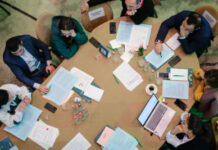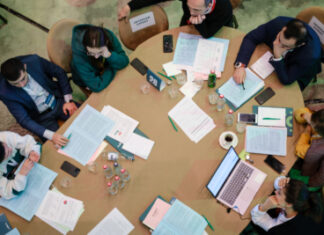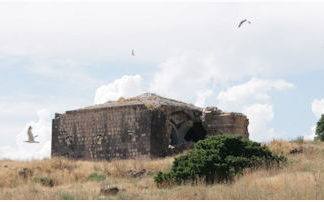
By Aram Arkun
Mirror-Spectator Staff
NEW YORK — The Acopian family hosted a cocktail reception with presentations concerning the Acopian Center for the Environment, located in Yerevan, on the evening of July 15 at the W Hotel at Union Square in Manhattan. Appropriately called “Cheers for Conservation,” it was attended by close to 200 people, including some 30 Armenian General Benevolent Union (AGBU) summer interns, Armenian-American young professionals, prominent Armenians, many non-Armenians interested in conservation and members and friends of the Acopian family. The list of Armenian organizations which sent official representatives to attend the event is impressive: Armenia Tree Project, Fund for Armenian Relief, Diocese of the Armenian Church of American (Eastern), Armenia Fund USA, AGBU, American University of Armenia (AUA) and Armenian Youth Federation. The evening provided information about environmental issues in Armenia in a relaxed, social atmosphere and also raised some funds for future activities.











